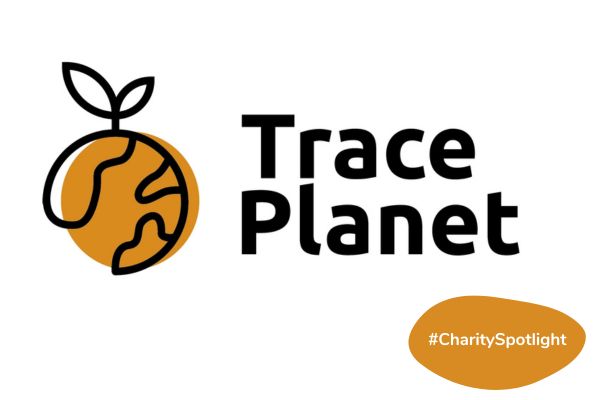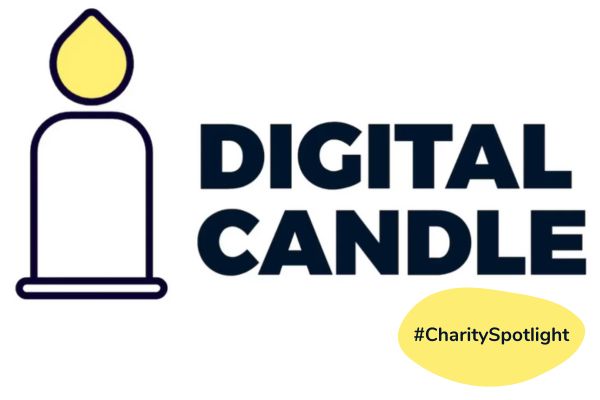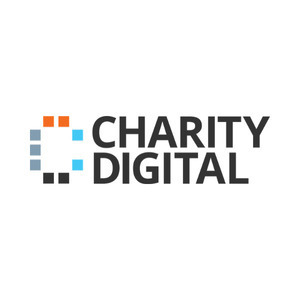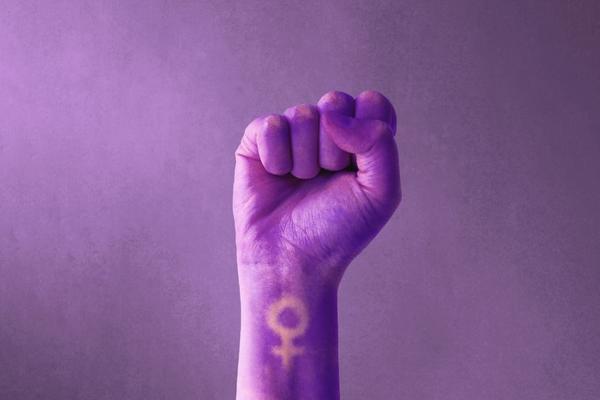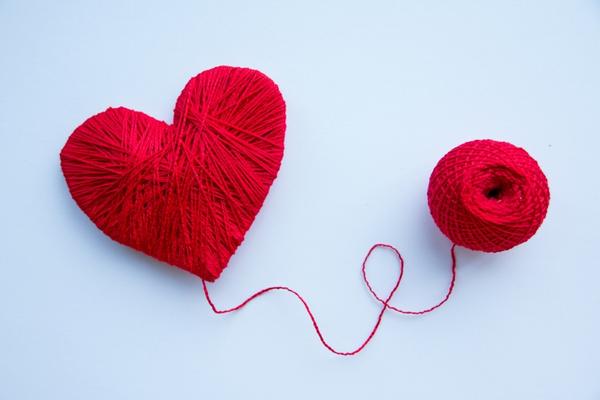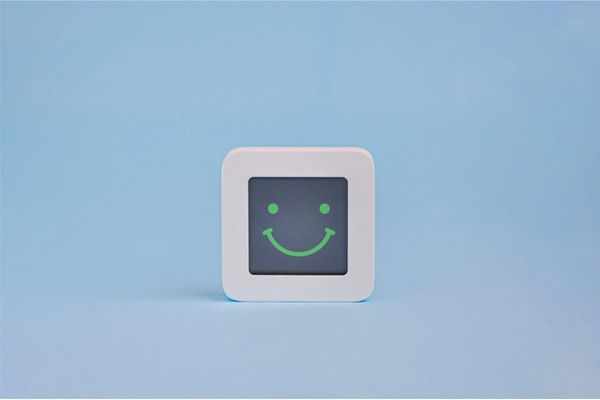Insights
INSIGHTS
All Topics
My Account
Charity Spotlight: Gabi Field, Director of Fundraising and Communications at Refuge
27 Mar 2023by Josie Sparling
We talk to Gabi Field, the Director of Fundraising and Communications at Refuge, to gain insight on how the UK’s largest specialist domestic abuse organisation approaches fundraising, comms, and digital safety for its service users
Content warning: The below article includes themes of abuse, stalking, and harassment.
Refuge’s mission is to create gender equality by committing to a world where women and children can live in safety. As the largest specialist domestic abuse organisation in the UK, it supported 26,439 survivors and children during 2021-2022, with 1,777 accessing refuge provision and 24,662 finding support through the charity’s community-based services.
Gabi Field is Director of Fundraising and Communications at Refuge. She started her career in community fundraising – an area which she speaks about with great passion. So at our 2023 #BeMoreDigital Conference, where Gabi spoke on the panel ‘Digital fundraising trends and planning for the future’, we took a moment to ask her more about her fundraising and digital comms work at Refuge, as well as the charity’s campaign for women and girls’ digital safety.
Charity Digital: Refuge’s website gives people the option to “fundraise your way”. What do you think is the impact of encouraging people to get creative with their fundraising, and do you have any personal favourites?
Gabi Field: I think it really opens up an opportunity for new audiences, so crafters, gamers, people that are interested in sport. I think the people that are taking on these activities are the ones who are really interested in it and so we’re able to offer that to people and it actually generates more insight for us around who our key audiences are, and what motivates them. It also helps us to understand what those products and offers need to look like.
From the unique ideas that come out of “fundraising your way”, I think that actually this audience is particularly engaged and passionate. These are people that are putting on their own events, using their own skills to really generate and drive their own community to raise money for Refuge.
One of my particular favourites was when I had the pleasure in lockdown to work with one of our biggest donors in community fundraising, a photographer called Jenny Smith. She took portraits of people in their front doors during lockdown and raised over £20,000 for Refuge. She was really generating the awareness around those that were living at a time when we were being told to “lock down, stay home” but it was actually the most unsafe place for a woman experiencing domestic abuse, being locked in with her abuser.
CD: What do you think 2023 will look like for digital fundraising and is there anything in particular you are looking forward to?
GF: So I think it would be silly to say that digital fundraising is not going to be difficult in 2023. We have seen across the sector a real drop in performance across all channels, and [at the #BeMoreDigital conference] we spoke a lot about Refuge and the impact we’re seeing across Meta and how we’re diversifying and moving into other platforms such as Twitter.
But the cost-of-living crisis is real for people as much as it is for charities. We have to acknowledge the fact that we’re trying really hard to mitigate that, but there is going to be an impact on our fundraising. And it’s more important than ever to be really focussed on the basics and making sure we’re paying attention to the data and the insight and the trends.
It’s about taking that step back and really looking at that as it’s happening so that we can really optimise activity in real time. We have all spent the last few years really improving our use of paid media and will continue to do so, but at the same time we will be working harder to maximise those responses from every digital touchpoint.
We know that we have a responsibility through all of our digital activity at Refuge to ensure that women can see that we’re here for them, can find, and can access our services, as well as making it easy for the public to give us a share of their time, money, and voice when we inspire them to do so.
CD: How has Refuge been able to create an approachable environment for its service users on its social media pages and website?
GF: Everything we do across our social and web is designed first and foremost for women who are users of our services and if they’re looking to find help. So, we always prioritise their needs and the motivations of those audiences in our content. We look at that across our user experience and our journeys as well.
And thankfully my directorate Fundraising and Comms works extremely closely with our services department to actually gain the insight about the needs and views of service users, as well as working with our incredible panel of survivor ambassadors. We can utilise a lot of that insight into our planning to ensure that everything we are doing really does have women at the heart of what we do.
CD: Refuge’s social media uses direct quotes and stories from its service users. What do you think is the impact of this?
GF: As fundraisers, we are storytellers, and I think that this has got two really important parts for me. So actually sharing real-life stories from survivors is a crucial tool for spreading the word that domestic abuse is more than just physical abuse, and actually, it’s about re-educating our communities about that. It’s also around how we educate people – friends, families, but also women themselves – to spot the signs sooner and find the help sooner than when they need it.
But for our donors and potential donors, having a personal story is often the difference between actually clicking that button and making that donation. If we’re not able to illustrate what that is and the difference it will make to somebody’s life, that could be a lost donation for us. Having that personal connection through storytelling is really important for our supporters.
CD: Please can you tell us about Refuge’s interactive home tool? Why and how was this created?
GF: We partnered with Avast to design an interactive tool to raise awareness of technology-facilitated abuse. The home tool was designed after the tech team at Refuge had researched into the most common home devices used to abuse within the home. Refuge then designed guides and Avast created the tools.
It was the most popular page on our website. People report back that they find the interactive visuals most helpful. And what’s really important about this piece of work is we’re also really keen to reach a wider range of survivors, in particular a focus on women whose first language was not English. Women who speak and read other languages have reported that they find the tool helpful and managed to follow the guides to secure their settings on their home devices, because we’re all about empowering women to take back the control of their home devices. It’s not about stopping women using tech, it’s ensuring that they’re being used safely without risk of them being used to stalk and harass.
The same also applies to our Digital Breakup Tool. We wanted to raise awareness of the ways you need to digitally separate from an ex-partner after a relationship breakdown and stress the importance and risks of women fleeing an abusive relationship.
CD: What is the #MarkedAsUnsafe campaign and why is the online world important for Refuge when it comes to women and girls’ safety?
GF: The #MarkedAsUnsafe campaign came off the back of the work that we’ve been doing to really push the Online Safety Bill and really add influence to what is in that bill. It was tabled at government, and it was then delayed due to a huge change in government at the end of last year. We recognised that we needed to do something quite quickly to ensure that momentum, that the Online Safety Bill was not lost in a whole host of other political conversations at that time.
So we launched the #MarkedAsUnsafe campaign to really demonstrate the fact that actually tech companies, social media platforms in particular, really needed to be held to account to ensure that they’re following their own terms and conditions, and that actually misogynistic behaviour is not acceptable.
As well as launching our campaign through our digital mobilisation, with our call to action around signing an open letter, we did a public stunt at a really important meeting at Westminster to really demonstrate and highlight the issue through taking some of our staff, survivors, and celebrity ambassadors down, with some key statistics to highlight the importance of getting the Online Safety Bill back in government.
Learn more about Refuge's work
Click here to learn more about Refuge's work for the safety of women and children
More on this topic
Related Content
Recommended Products
Related Videos
07 Mar 2025by Ioan Marc Jones
A-Z incredible fundraising ideas for charity
07 Mar 2025by Ioan Marc Jones
An A-Z glossary of service delivery terms and definitions
Our Events
Charity Digital Academy
Our courses aim, in just three hours, to enhance soft skills and hard skills, boost your knowledge of finance and artificial intelligence, and supercharge your digital capabilities. Check out some of the incredible options by clicking here.



